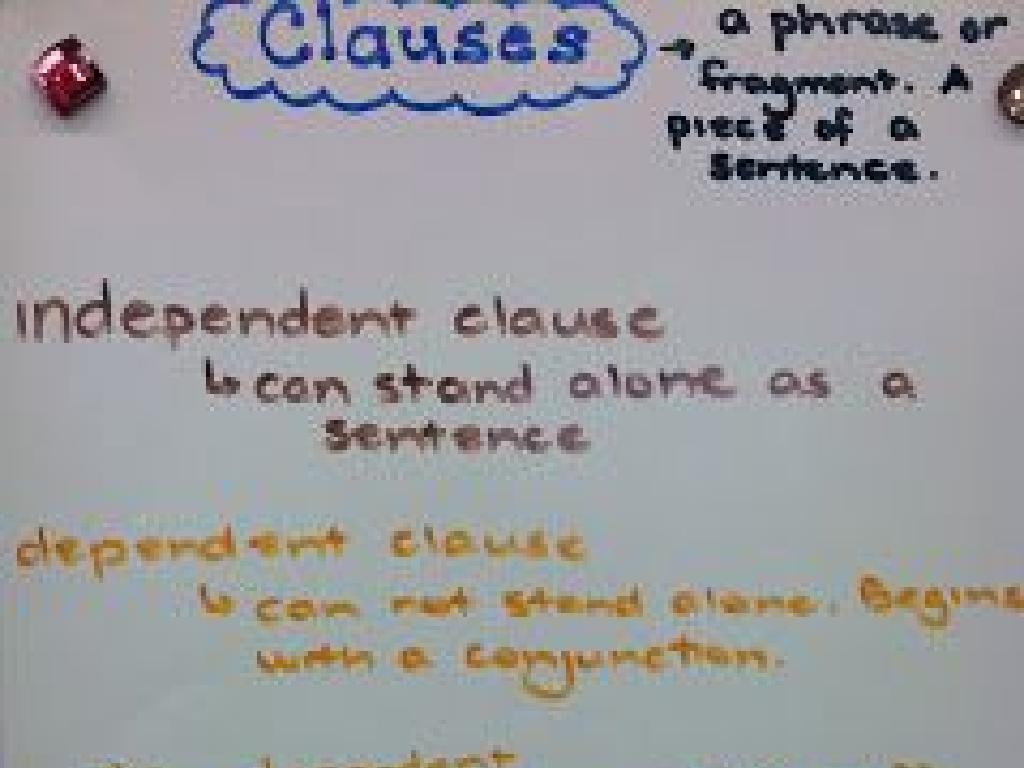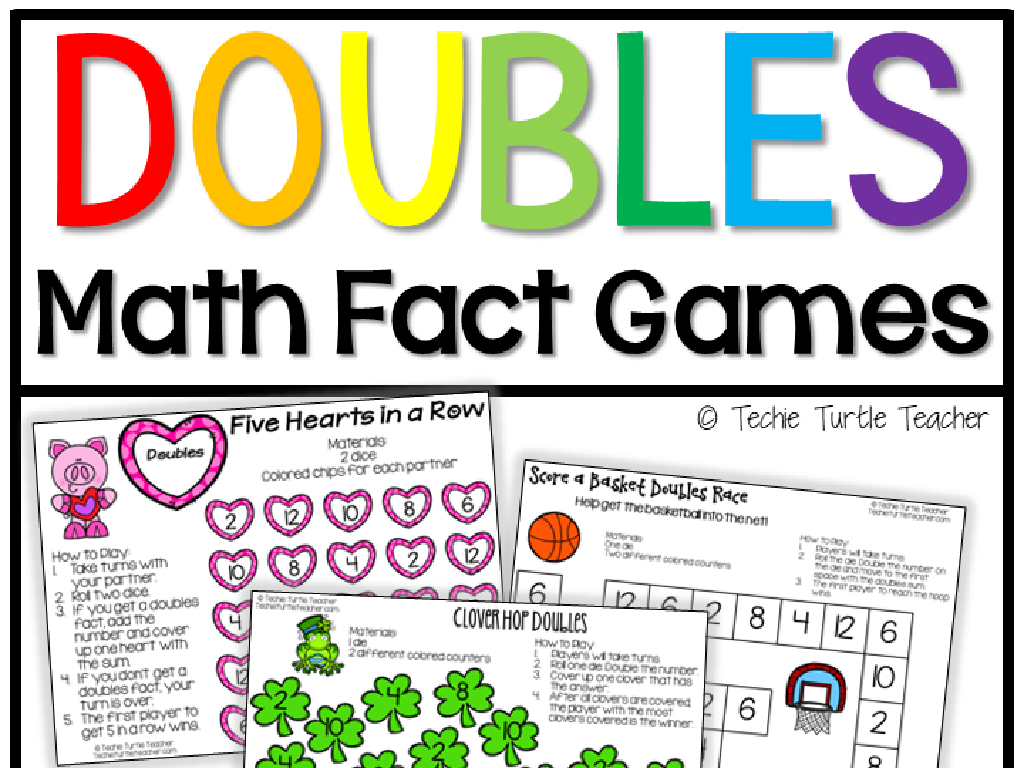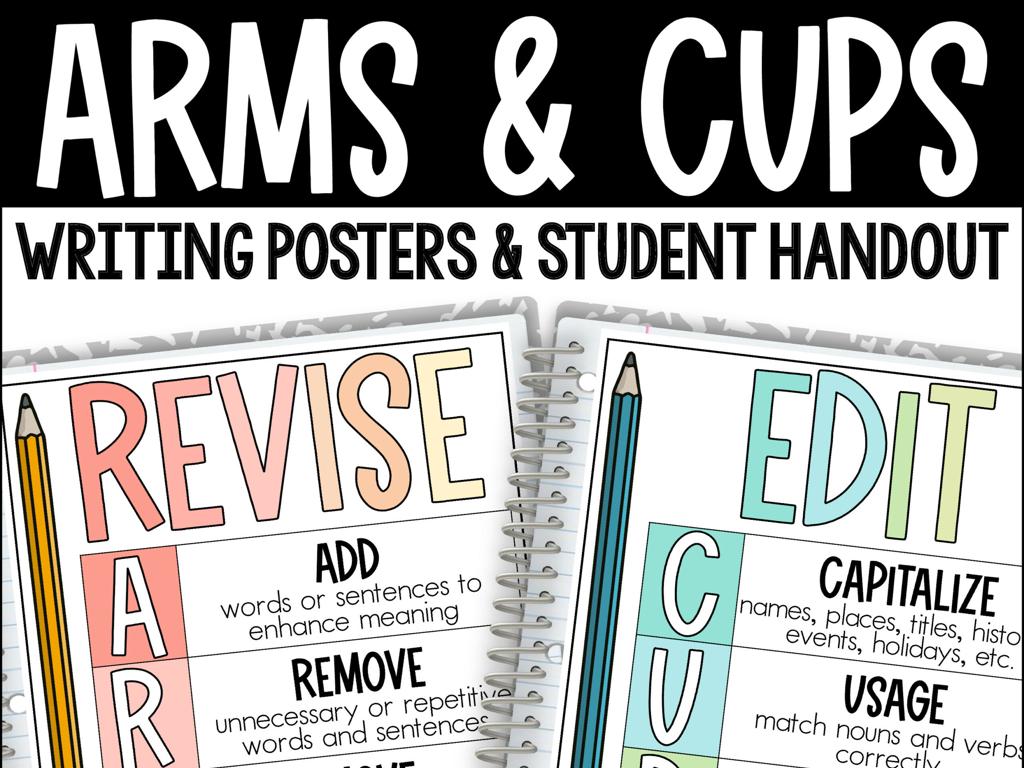Foundations Of American Democracy
Subject: Arts and humanities
Grade: High school
Topic: Ap /College Us Government And Politics
Please LOG IN to download the presentation. Access is available to registered users only.
View More Content
Exploring the Foundations of American Democracy
– Roots of U.S. government
– Originated from Enlightenment ideas and historical documents like the Magna Carta.
– Principles shaping the nation
– Liberty, equality, and justice are core to the U.S. political system.
– Relevance of democracy today
– Understanding democracy is crucial for informed citizenship and participation.
– Engaging with democratic values
|
This slide introduces students to the fundamental concepts of American democracy. It’s essential to convey how the U.S. government’s roots are deeply embedded in Enlightenment thought, emphasizing the influence of key historical documents and philosophies. Discuss the core principles of liberty, equality, and justice, and how they shape policies and laws. Highlight the importance of studying democracy to foster informed and active citizens who understand their rights and responsibilities. Encourage students to reflect on how democratic values impact their lives and the importance of engaging with these values to uphold the integrity of the nation.
Key Philosophical Influences on American Democracy
– Enlightenment’s impact on democracy
– Enlightenment thinkers like Locke and Montesquieu influenced the founding principles of the US.
– John Locke: natural rights & government
– Locke’s theory emphasized life, liberty, and property rights, shaping the Declaration of Independence.
– Montesquieu: power separation & checks
– Montesquieu advocated for dividing government into branches, inspiring the US Constitution.
– Philosophies in American democracy
– The Founding Fathers integrated these ideas into the Declaration of Independence and Constitution.
|
This slide introduces students to the Enlightenment philosophers whose ideas profoundly influenced the founding of the United States. John Locke’s theories on natural rights laid the groundwork for the American ethos of life, liberty, and the pursuit of happiness. Montesquieu’s concepts of separation of powers and checks and balances became the structural backbone of the US government. It’s crucial for students to understand how these philosophical ideas were translated into the core documents and functions of American democracy. Encourage students to explore how these principles operate in current US government and consider their relevance today.
The Declaration of Independence: Cornerstone of American Democracy
– Historical context of the Declaration
– Originated amidst the American Revolution, asserting separation from Britain.
– Analyze key excerpts
– ‘We hold these truths to be self-evident…’ – a call for equality and rights.
– Role in American political identity
– Embodies the values and beliefs that define the United States.
– Influence on democratic ideals
– Inspired future democratic movements globally.
|
This slide aims to delve into the significance of the Declaration of Independence within the framework of American democracy. Begin by setting the stage with the historical context, explaining the tensions between the Thirteen Colonies and British rule that led to the drafting of the Declaration. Move on to analyzing key excerpts from the text, such as the famous phrase about self-evident truths and unalienable rights, to illustrate the document’s philosophical underpinnings. Discuss how the Declaration has come to be a symbol of American political identity, encapsulating the ideals of liberty, equality, and democracy. Highlight its enduring influence not only on American society but also on other nations striving for democracy. Encourage students to consider the Declaration’s relevance today and how it continues to shape political discourse and action.
The Articles of Confederation: America’s First Government
– America’s initial national framework
– Analyzing the Articles’ strengths
– Provided unity among states, successfully managed Western lands
– Assessing the Articles’ weaknesses
– Lacked central authority, no power to tax, amend articles required unanimity
– The shift to the U.S. Constitution
– Shays’ Rebellion highlighted flaws, leading to the Constitutional Convention
|
This slide aims to provide an overview of the Articles of Confederation as the first governing document of the United States. Highlight its role in unifying the states during the Revolution and managing the expansion to the West. Discuss the significant weaknesses, such as the lack of a strong central government, no power to levy taxes, and the requirement of unanimous consent to amend the Articles, which proved to be impractical. Conclude with the transition to the Constitution, emphasizing how the failings of the Articles, exemplified by Shays’ Rebellion, demonstrated the need for a more robust federal government, leading to the Constitutional Convention and the drafting of the U.S. Constitution. Encourage students to consider how these early experiences shaped the government we have today.
Creating the Constitution: Compromises and Debates
– The Great Compromise explained
– Bridged the gap between large and small states by creating a bicameral legislature.
– Federalists vs. Anti-Federalists
– Debated the balance of power between national and state governments.
– The Federalist Papers’ role
– A collection of essays arguing for the Constitution’s ratification.
– Bill of Rights’ promise for ratification
– Assured individual liberties, easing Anti-Federalist concerns.
|
This slide delves into the pivotal moments during the creation of the U.S. Constitution. The Great Compromise was crucial in forming a bicameral legislature that satisfied both populous and less populous states. The intense debates between Federalists, who supported a strong central government, and Anti-Federalists, who feared it, shaped the Constitution’s development. The Federalist Papers, written by Hamilton, Madison, and Jay, were instrumental in persuading the public and states to ratify the Constitution. Lastly, the promise of adding a Bill of Rights was a decisive factor in securing the necessary support for ratification from those concerned about individual liberties. Encourage students to consider how these debates and compromises continue to influence American politics today.
Principles of the Constitution
– Popular sovereignty & republicanism
– The people hold ultimate power; government by consent.
– Federalism & division of powers
– Power is shared between national and state governments.
– Separation of powers & checks/balances
– Each branch of government has separate functions and can check the other branches.
– Limited government & rule of law
– Government is restricted by laws to protect citizens’ rights.
|
This slide outlines the core principles that underpin the United States Constitution, which are foundational to understanding American democracy. Popular sovereignty emphasizes that the authority of the government is created and sustained by the consent of its people, through their elected representatives (republicanism). Federalism describes the mixed or compound mode of government, combining a general government with regional governments in a single political system, and dividing powers between the two. The separation of powers organizes the government into branches with distinct powers and responsibilities, preventing one branch from gaining too much power (checks and balances). Limited government ensures that governmental power is restricted by law, usually in a written constitution, to protect citizens’ fundamental rights. Encourage students to explore how these principles are applied in current events and historical contexts.
The Bill of Rights: Safeguarding Liberty
– The Constitution’s first ten amendments
– Known as the Bill of Rights, they outline fundamental freedoms.
– Freedoms & protections granted
– They ensure rights like speech, religion, and due process.
– Case studies of modern application
– Examine court cases where these rights are interpreted.
– Significance in daily life
– Understand how these amendments impact our everyday experiences.
|
This slide introduces the Bill of Rights as a crucial element of American democracy, detailing the first ten amendments to the U.S. Constitution. These amendments are foundational to the nation’s legal and political framework, guaranteeing essential liberties such as freedom of speech, religion, and the press, as well as protections against governmental abuses. The slide will segue into real-world case studies that demonstrate how the Bill of Rights continues to be relevant and applied in contemporary society. Students should be encouraged to think critically about how these rights play out in current events and their own lives, fostering a deeper appreciation for the protections these amendments provide.
Class Debate: Federalists vs. Anti-Federalists
– Divide into Federalists & Anti-Federalists
– Prepare pro & con Constitution arguments
– Understand ratification debate significance
– Why was ratification contentious?
– Connect historical debates to today’s politics
– How do historical arguments echo in modern politics?
|
This class activity is designed to engage students in a debate reflecting the historical discussions between Federalists and Anti-Federalists during the ratification of the U.S. Constitution. By dividing the class into two groups, students will delve into the core arguments that each side presented. Federalists were proponents of a strong central government, while Anti-Federalists advocated for states’ rights and feared federal overreach. Students should research and prepare arguments that represent their assigned positions. After the debate, guide a reflection on the long-lasting impact of these debates on American politics and governance, encouraging students to draw parallels between the foundational arguments and current political issues. This activity will help students understand the importance of these historical debates and their relevance to contemporary political discourse.






